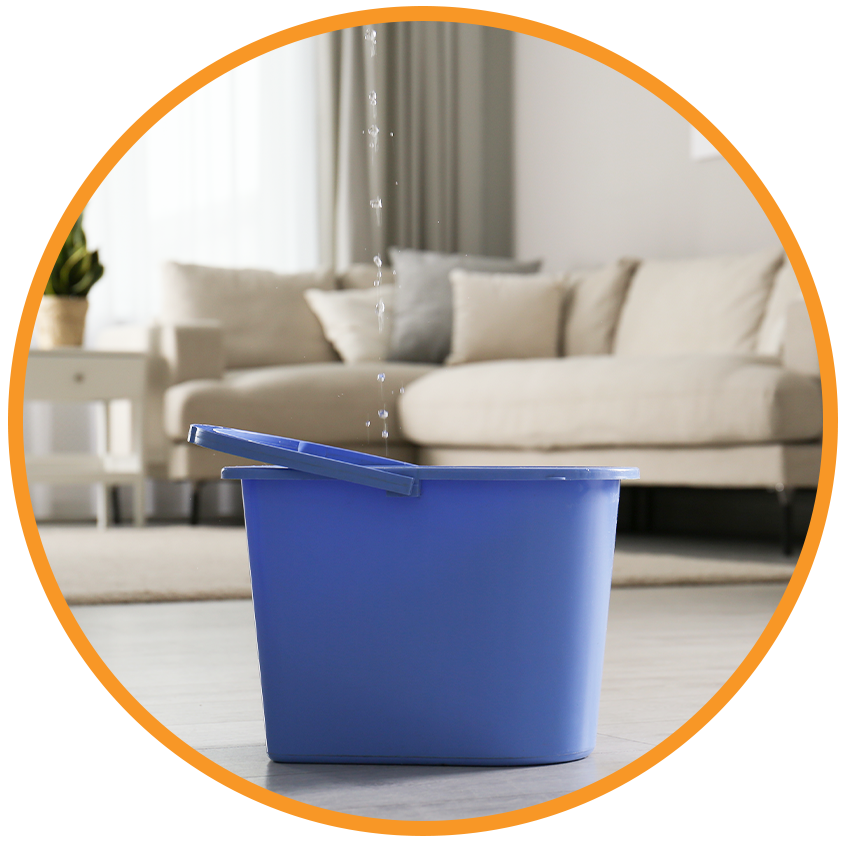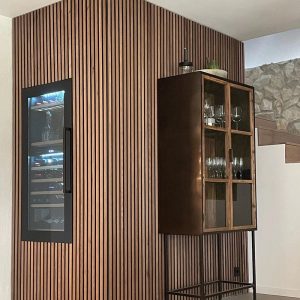To Buy or to Rent? That is the Question!To Buy or to Rent? That is the Question!
This year, hundreds of countless individuals will be making use of a lease vs buy calculator to help them choose whether to purchase a house or rent one.
The imagine having one’s very own house, constructing equity, and also taking pleasure in stability is alluring. Yet a number of factors can make possessing a house an excruciating and dangerous alternative.
The chronic lacks in today’s real estate markets makes your choice more complicated now. It’s not simply a case of computing prices, given that accessibility and also option are limited. Less schedule also means rental scarcities where tenants could find themselves homeless via no fault of their own.
In 2020 nonetheless, some experts think residences are grossly costly and purchasers are placing themselves in a demanding situation– due to the fact that mortgage repayments are still really high.
What’s Up for Residence Customers in 2020 home loan rates are falling additionally home prices seem heating up 5% in 2020 listings are being up to record low house rates are still insanely high lease prices are leveling off yet occupants are paying high sections of income on rental fee economic climate is exceptional incomes are increasing work rates are at record levels extra new building units appearing but not enough to please demand even more individuals have saved the down payment Considering the Numbers
Take this example listed below, for a small 2 bed room home in San Francisco, San Jose, Toronto, Seattle, Vancouver, or San Diego:
Rental Investment Estimation
Cost: $600,000.
Home mortgage: $500,000.
Down payment: $100,000.
Mortgage Rate Rising: 3.5%.
Mortgage Repayment: $3,028.
Tax obligation Write offs? Extremely according state or district.
Equity For Proprietors after 25 Years: $900,000, plus tax benefits + rental earnings + collateral for more home investing.
Equity for Tenants: $432,000 spent for no equity after 25 years.
Over the long term, buying conveniently wins if the purchaser is well employed, withstands economic downturns, as well as rents out a section of their residence to produce income, while taking pleasure in further tax obligation breaks. Getting to rent is a clear champion.
Buying rental residential or commercial property for growing income develop also higher value. As a matter of fact, this is exactly how most millionaires make their lot of money. Pick the best cities for purchasing a rental property and you get on track.
Way of living Tenants are a Big Target Audience.
For the non economic facets, renting might supply much better results. Those who need to be mobile for job, or who can not actually pay for a costly residence, will certainly be better off renting out.
Many of the new rental structures supply considerable services and way of living benefits. Retiring Child boomers are renting in the Chicago rental market, Miami market, Phoenix market and Las Vegas market to enjoy way of life advantages.
Working Millennials, after making their lease vs acquire computations are seeing the benefits of co-living and also apartment or condos in essential neighborhoods in these cities. For The golden state, the prospects for acquiring are sadly slim.
Whether for retirement way of life advantages or occupation benefits, lots of multifamily growths are catering to these groups. Read more concerning the new growths in Chicago as well as Denver.
If you are among the many that are moving to a new city, as well as have actually restricted deposit funds, Austin, Oakland, Denver, Honolulu, Tampa Fl, Miami, Dallas, or Charlotte, may supply better rental markets.
The US is a Tenant Country.
The rental residential property market is solid because financiers are getting residential or commercial properties to rent. Some call them speculators, but they can and do acquire homes as well as those homes aren’t available. This is why there’s been such a boom in the property management organisation.
They obtain the revenue earnings benefit, resources gains later on, along with tax benefits. That’s run out real estate availability as well as raised residence costs.
It’s not a welcoming situation for hopeful residence purchasers with easy dreams. That’s result in America becoming a renter nation.
Does Purchasing Actually Deliver Worth?
There are lots of with an impregnable belief that a residence is also a retired life savings property, while others suggest that you can not eat a home when you’re 65. Numerous seniors today can not market due to the fact that there’s nowhere to go. In Toronto, Vancouver, or in the majority of cities in California, buying just does not make sense.
Contrast the Trick Conveniences of Getting vs Renting out develops long-term wide range accumulation tax advantages rental financial investment revenue opportunity better feeling of security and stability rate of interest are low presently it may be less costly to purchase than pay high regular monthly rental prices if you divorce your spouse, it could produce severe losses there is a housing situation and big need for any type of home or house should press costs higher property as a possession has actually performed far better than any other asset enter the last thirty years (if you think about tax write-offs, rate recognition, and also rental earnings, it surpasses without a doubt).
The Advantages of Renting Out a House or Apartment or condo.
- No downpayment anxiety.
- No stress over home mortgage dedications.
- No high expense of residence and residential or commercial property maintenance.
- No fear of buying a cash pit.
- No concern of mechanical breakdown.
- Liberty to travel and relocate.
- Many structures and apartment complicateds have gym and pool.
- No fear of real estate market collapse.
- Unemployment does not mean you could shed your financial investment.
- Nonetheless, we’re asking if purchasing a home now in 2019 is sensible or does renting an apartment or house make more sense.
Significant Considerations prior to choosing purchasing or renting:.
- Whether this is the correct time to purchase for you personally as well as emotionally– do you truly wish to be tied down to a home and building with all the stress and obligations?
will you be weding as well as elevating a family?– can you increase youngsters well in a high condo or a downscale neighborhood where you can manage to get? - How much residence can you can afford, or can you really afford everything?– purchase and also rent rates are so high in cities such as San Francisco, New York, Miami, Dallas, Austin, San Antonio, Denver, Seattle, San Jose and also Los Angeles for instance, it might take all your earnings to pay for the most affordable system.
- Just how high will mortgage prices will climb– can you pay your settlements if they rise by 70%? how much other debt do you have?– do you have student fundings as well as credit card debt to add to your mortgage payments?
- Alternate financial investments– what else could you invest in today with your down payment (bitcoin, startups, gold, stocks)?
should you acquire to rent out yourself?– leas are climbing fast with really reduced openings prices guaranteeing a positive cash flow if you need to rent a portion of your home. This is a wise possibility.





